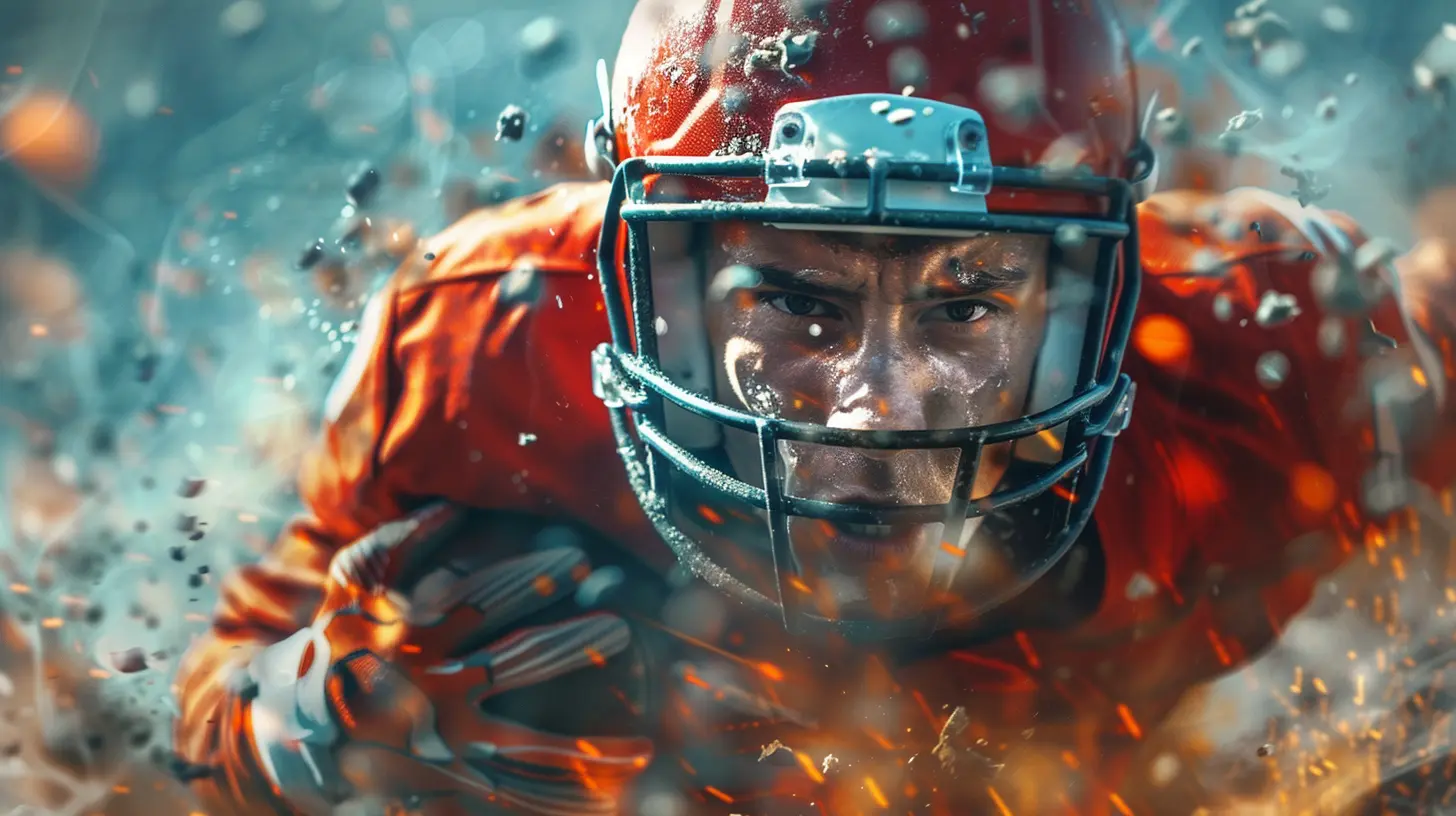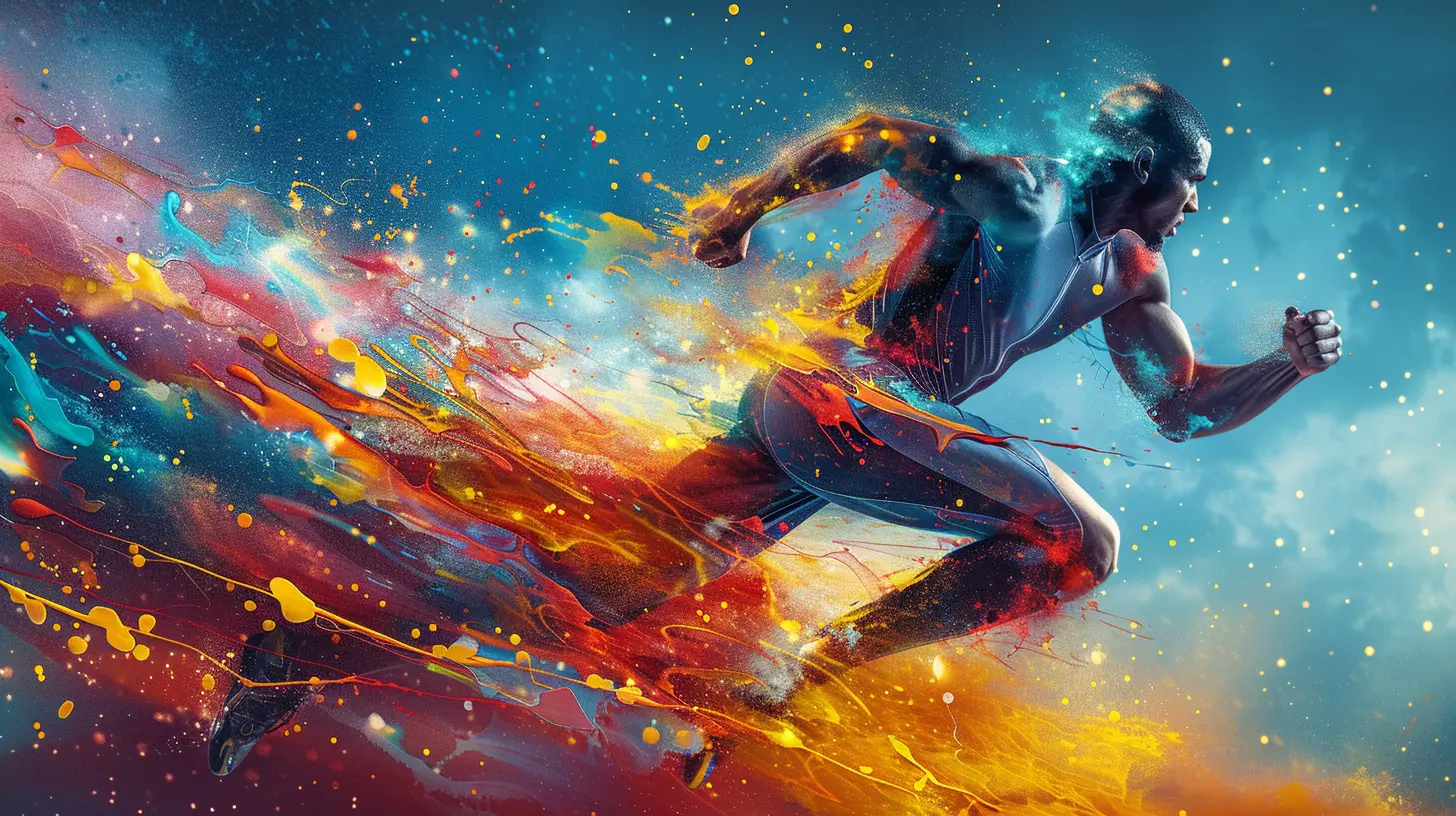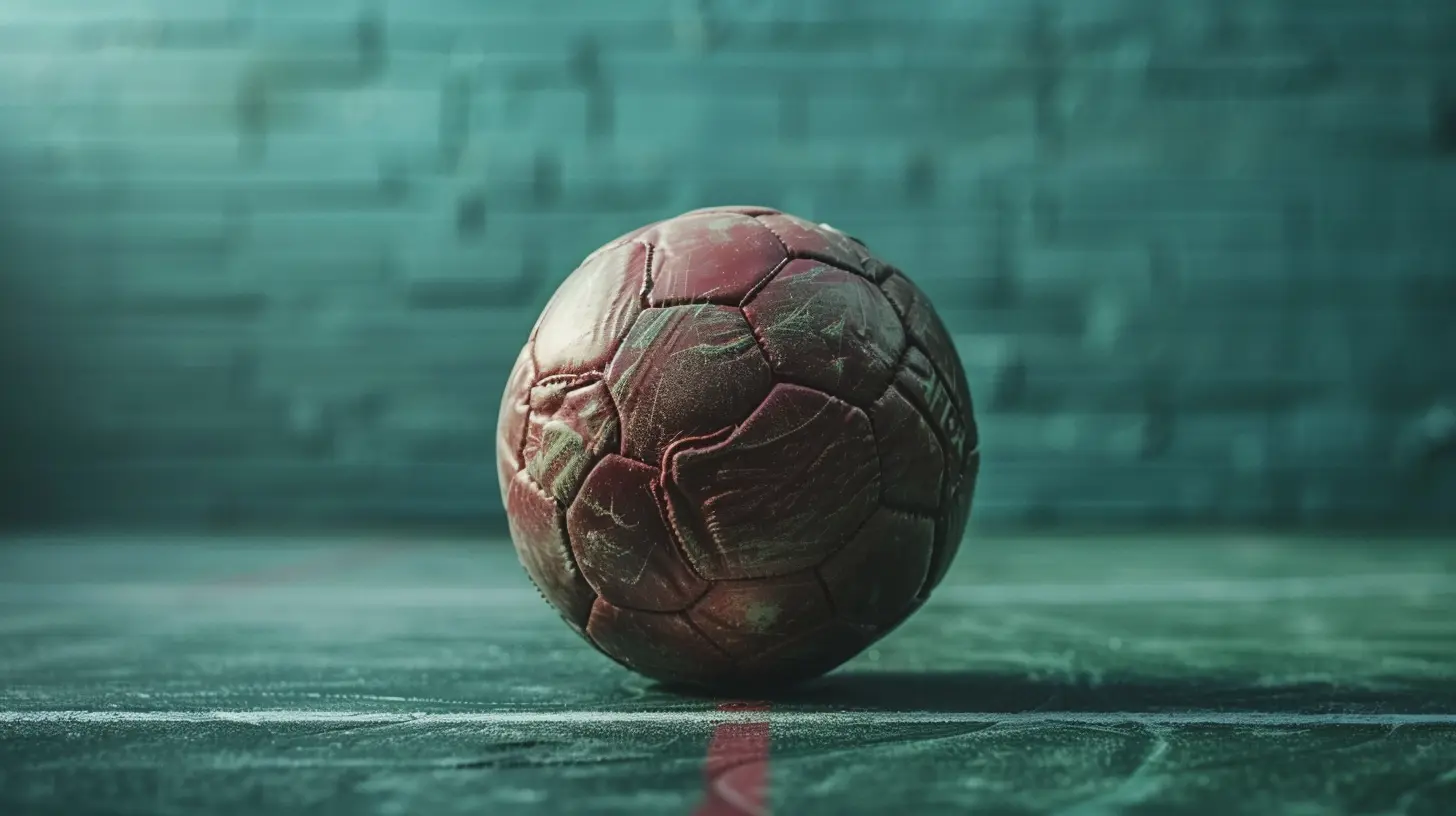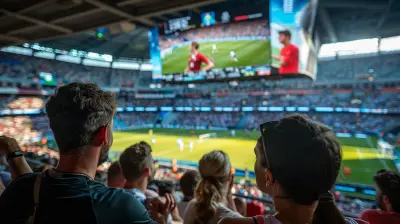The Power of Visualization: How Athletes Can Train Their Brains for Success
3 August 2025
Ever wondered how elite athletes seem to perform miracles under pressure? Like hitting the game-winning shot, running the perfect race, or delivering the knockout blow at just the right moment? Sure, physical training and talent play a massive role—but there’s something else they all tap into that separates the great from the legendary.
It’s called visualization. And no, it’s not some fancy new-age concept reserved for motivational speakers or yoga retreats. Visualization is real, it’s powerful, and it can literally rewire the brain for success.
Let’s break it down.
What Is Visualization in Sports?
At its core, visualization (also called mental imagery or mental rehearsal) is about creating a mental movie where you're the star. You rehearse your performance in your mind: every move, every breath, every sensation. You see yourself succeeding before you even start.Think of it like a virtual reality headset... only it’s all in your head.
The best part? Your brain can’t really tell the difference between a real experience and one that’s vividly imagined. When you visualize doing a perfect high jump, your brain activates the exact same neural pathways as if you were actually jumping.
Crazy, right?
Why Does Visualization Work?
Our brains are wired for patterns. When you repeatedly visualize a movement or outcome, your brain gets more familiar with it. That familiarity breeds confidence—and when you're confident, you perform better. Period.Here’s what’s happening inside your head:
- Neural priming: Practicing mentally strengthens the connections between the brain and muscles. It’s like rehearsing a scene over and over until it becomes second nature.
- Reduced anxiety: Visualization helps prepare for high-stress moments, so when the real action starts, it's not as overwhelming.
- Sharpened focus: Mentally walking through game scenarios trains your brain to filter out distractions and zoom in on what really matters.
So, even if you're physically resting, you're still training. That’s next-level preparation.
How Top Athletes Use Visualization
Still not sold? Let’s talk about the greats.🐐 Michael Jordan
Before big games, MJ would mentally rehearse every play, every shot, and every last-second buzzer-beater. He didn’t just dream about winning—he saw it, felt it, believed it.🏊 Michael Phelps
His coach had him visualize every single stroke of a race—both best-case and worst-case scenarios. During the 2008 Olympics, his goggles filled with water mid-race. Total nightmare, right? Not for Phelps. He’d already seen it in his mind. He stayed calm and won gold.🎾 Serena Williams
Serena uses visualization to stay mentally locked in and emotionally centered. She doesn’t just picture winning—she visualizes herself responding to pressure with grace and fire.These legends don’t rely on visualization instead of practice—it’s the mental edge that amplifies their physical grind.
The Science Behind Visualization
Let’s get geeky for a sec. Studies from sports psychology and neuroscience back this up big time.A landmark study found that basketball players who practiced free throws in their head improved almost as much as those who practiced physically. That’s nuts!
Another study showed that athletes who visualized their routines had:
- Faster reaction times
- Improved muscle memory
- Lower anxiety levels before competition
Even MRI scans show changes in the motor cortex (the brain’s movement HQ) when athletes visualize in detail.
Bottom line: Visualization isn’t just “hoping” for a good outcome. It’s training for it—mentally, physically, and emotionally.
How to Start Visualizing Like a Pro
Okay, so how do you do it? Good news: You don’t need a PhD or a sports psych coach to get started. You just need your mind, some quiet time, and a little imagination.Here’s a step-by-step guide:
1. Get Clear on What You Want
Start with a specific goal. Don't just “picture yourself winning.” Visualize how you win. Are you breaking a personal record? Nailing your landing in gymnastics? Running a flawless route? Clarity is power.2. Engage All Your Senses
The more vivid, the better. Picture the colors, feel the sweat, hear the cheers, smell the grass, and even sense your heartbeat. You want your brain to feel like it’s the real deal.3. Use First-Person Perspective
Imagine the scene through your eyes, not like you’re watching it on TV. This personal point of view strengthens the mind-body connection.4. Feel the Emotions
Here’s the secret sauce: emotion. Feel the confidence, the joy, the nerves, and the triumph. Let your emotions come alive during visualization.5. Rehearse Both Best and Worst Scenarios
Don't just imagine smooth sailing. Picture yourself staying calm when things go wrong—like bad weather, tough opponents, or minor mistakes. This builds resilience and mental toughness.6. Practice Regularly
Mental reps count. Build visualization into your daily routine. Even 5–10 minutes a day can create a huge shift over time.What to Visualize? (A Quick Checklist)
Need a cheat sheet? Here are some powerful visualization targets:- Pre-game rituals: See yourself warming up, feeling confident, and focused.
- In-game actions: Visualize making the perfect pass, throw, shot, or movement.
- Post-game feelings: Picture the adrenaline high, the handshake line, the scoreboard.
- Tough moments: Watch yourself bounce back from a missed play or bad call.
- Big goals: See trophies, PRs, new titles—whatever success means to you.
When and Where to Visualize
You're not limited to pre-competition nights or post-practice cool-downs. Visualization can be done:- First thing in the morning (prime your mindset)
- Before bed (quiet mental rehearsal)
- During recovery (keep your brain sharp while your body rests)
- In pre-game moments (lock in focus and nerves)
Bonus tip: Pair visualization with deep breathing or meditation. Calm body, focused mind.
Train Your Brain Like You Train Your Body
Think of visualization as mental weightlifting. You don’t skip leg day—so don’t skip brain day either. The stronger your mental game, the better you perform when the pressure’s on.And the best part? Anyone can do it. Doesn’t matter if you're a pro, a high school athlete, or just chasing personal fitness goals. Mental training is free, powerful, and available any time you need it.
Real Talk: Visualization Isn’t Magic, It’s Strategy
Let’s be clear—visualization isn’t going to replace hard work. You still need to grind, show up to practice, eat right, and sleep well. But visualization is the missing piece for many athletes.It’s the difference between hoping to perform well and preparing to dominate.
When you see it in your mind, believe it in your heart, and back it up with work—you become unstoppable.
Final Thoughts: Creating Your Mental Playbook
Here’s your challenge: start building your own mental playbook today. Just like athletes carry physical routines, carry mental ones too. Create a personal visualization ritual and stick with it.Remember, champions aren't just made in gyms or on fields—they’re made in the mind first.
The next time you step into the arena, bring your best weapon: a brain that’s already been there before.
Now go out there… and see your greatness.
all images in this post were generated using AI tools
Category:
Sports PsychologyAuthor:

Ruben McCloud
Discussion
rate this article
1 comments
Samantha Mendez
Visualization is key; mind training equals performance boost.
August 25, 2025 at 12:07 PM

Ruben McCloud
Absolutely! Visualization enhances focus and mental resilience, directly impacting performance. It's a powerful tool in an athlete's training arsenal.


